Livorno ’s Four Moors will be ... liberated. Don’t worry: the historic monument in front of the Porto Mediceo, featuring Grand Duke Ferdinand I de’ Medici, in white marble by Giovanni Bandini (Florence, c. 1540 - 1599), will not be touched , rising to dominate the four bronze figures of the chained Moors, made by Pietro Tacca (Carrara, 1577 - Florence, 1640), who for exactly four centuries (the Moors were in fact made between 1623 and 1626) have been tied to the Grand Duke’s feet. It will simply be an art installation that will be included in the project to restore the aquatics of Livorno’s Fortezza Vecchia, which will once again become an island(more on the project here).
It is in this context of profound urban and landscape transformation that an idea intended to have a strong symbolic impact is inserted: the art installation The 4 Freed Moors.
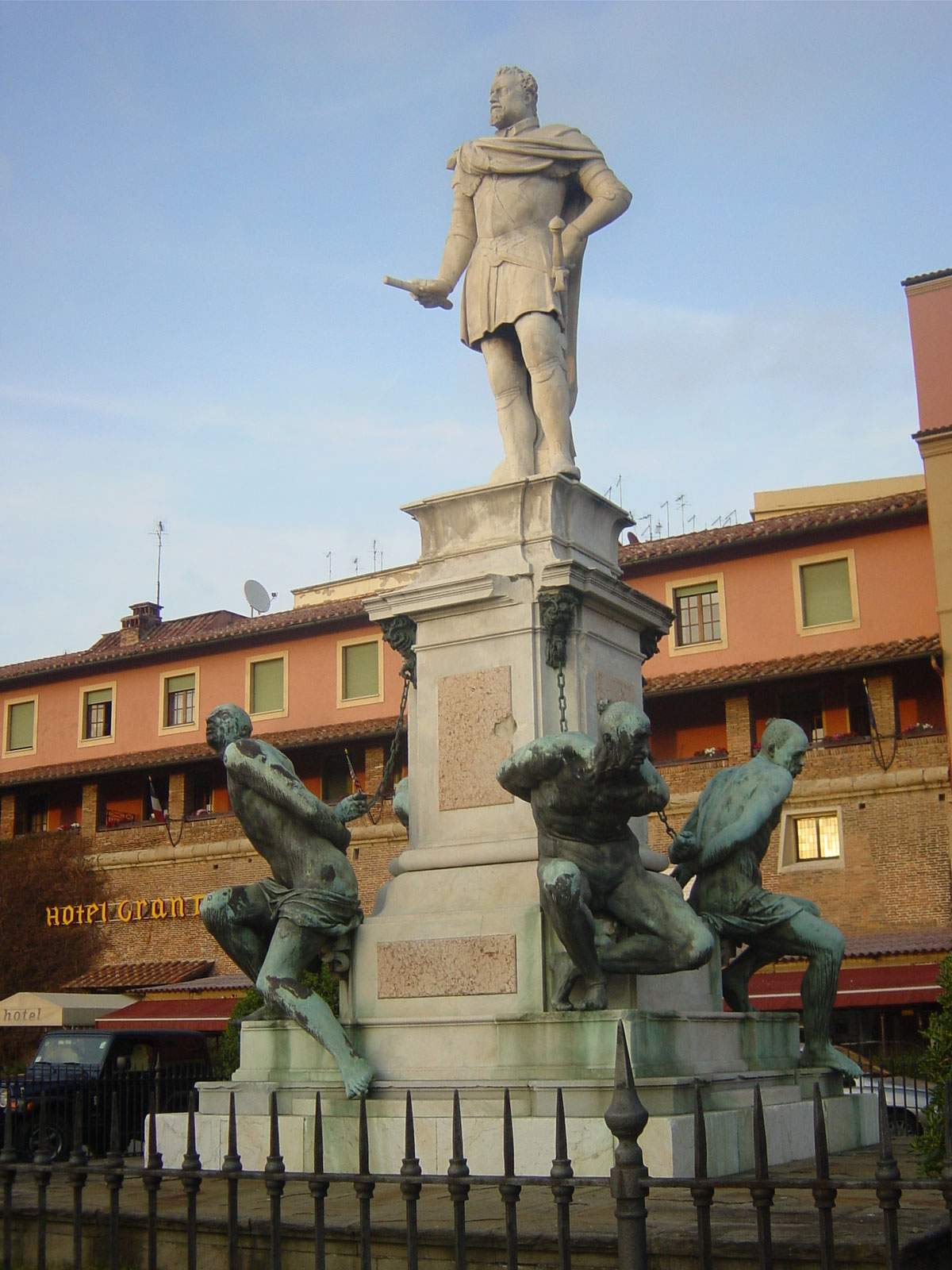
To understand the scope of this proposal, it is essential to recall the history and significance of the original monument of the Four Moors, an undisputed icon of the city of Livorno (for those who want to learn more, here is a detailed article by Fabrizio Federici dedicated to the monument). The sculptural group consists of the imposing and proud figure of Grand Duke Ferdinand I de’ Medici, made of white Carrara marble by Giovanni Bandini in 1601, and the four magnificent bronze figures of the chained, partially or totally denuded Moors, which were added later to the base of the high pedestal. The latter, the work of Pietro Tacca between 1623 and 1626, were modeled after some of the Moors held in the Bagno dei Forzati, a large prison where prisoners of war that the Grand Duchy of Tuscany brought to Livorno after its naval campaigns were usually confined. Significantly, the Bagno dei Forzati was located in the very area now affected by the redevelopment project, a vestige of which remains along Via Fiume.
Tacca, for his monument, selected prisoners of different ethnicities and ages for his sculptures, giving each figure a specific identity and deep expressiveness. The Four Moors have always been historically recognized as Morgiano, a Greek or Ionian youth, vigorous, looking sadly up at the sky; Ali Melioco, an elderly Turkish pirate, marked by wrinkles, the most twisted, but proud and mighty; Ali Salettino, a middle-aged North African pirate with a still robust physique; and the African, the youngest of the group, whose expression is marked by mild resignation. The aesthetic power and realism of these sculptures are remarkable: the massive twisting bodies and tense, suffering faces effectively convey the prostration of captivity. This makes the monument today, now stripped of its original motivations (Tuscany triumphing over its enemies: it should be specified, moreover, that at the time slavery was practiced on all shores of the Mediterranean, and it was not uncommon for even inhabitants of the Italian peninsula to be enslaved when captured by the Turks), a vehicle for a sense of human pity, particularly significant in an era of complex relations between peoples.
It is from this reflection that the idea of “freeing” these Moors after nearly four hundred years of chains was born. “It was born as a game, and more than a game,” reads the technical report of the Old Fortress project, “the idea of ’liberating’ these Moors today, after almost 400 years of chains, by placing them in the new spaces of the rediscovered urban park, in positions that are finally relaxed and serene. Still in bronze, with the same faces and majestic proportions with which the people of Livorno have always known them, but this time immersed among the welcoming people of this city, a crossroads of cultures and ethnicities.”
The project involves the creation of four new bronze statues that, while maintaining the same proportions and faces cherished by the people of Livorno, will be placed in the new urban park in positions that are finally relaxed and serene. The intent is to integrate them among the people, making them a symbol of the welcoming nature of Livorno, a city that has always been a crossroads of cultures and ethnicities.
The new sculptures, envisioned by sculptor Christian Balzano, author of the sketches, depict them in poses of freedom: Alì Melioco could be depicted seated on the corner of a staircase, his arms finally open and free; Morgiano immersed in the new body of water, his gaze now proudly turned to the sky; and the Africano and Alì Salettino resting in the shaded areas of the promenade or even about to plunge into the waters of the sea that will finally be returned to the Fortezza Vecchia. In short: from slaves to bathers, tourists.
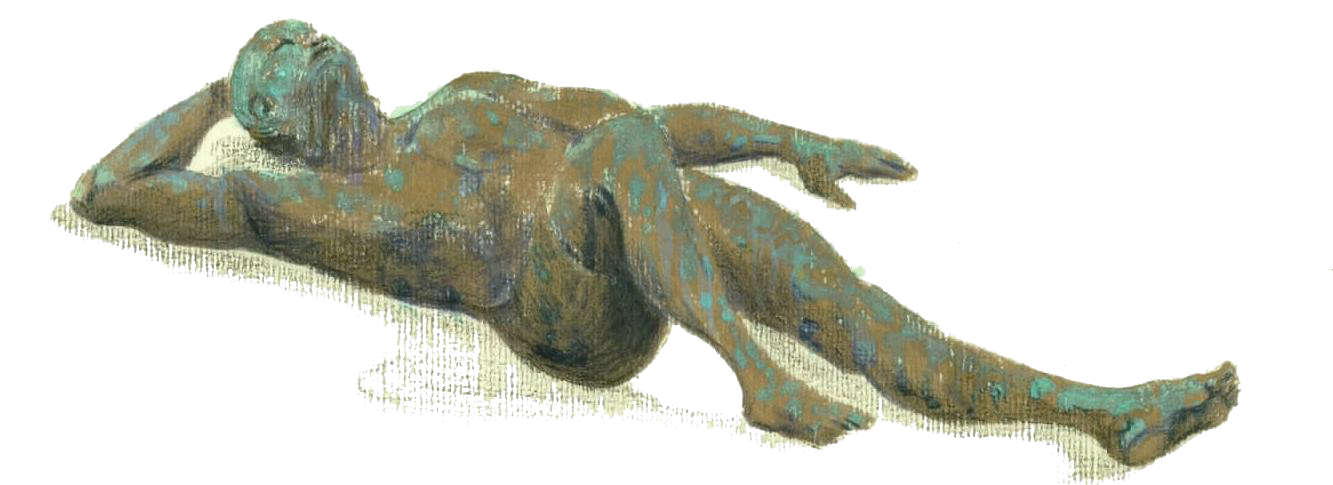
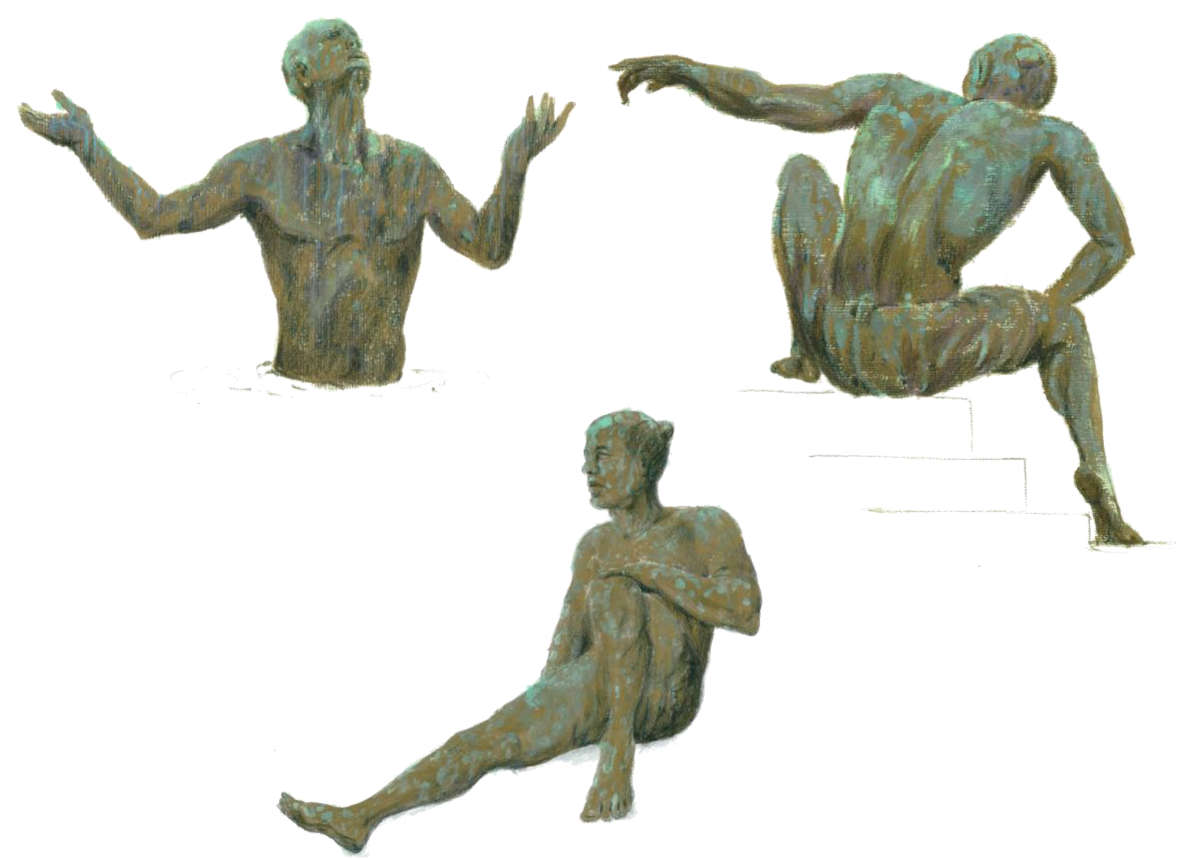
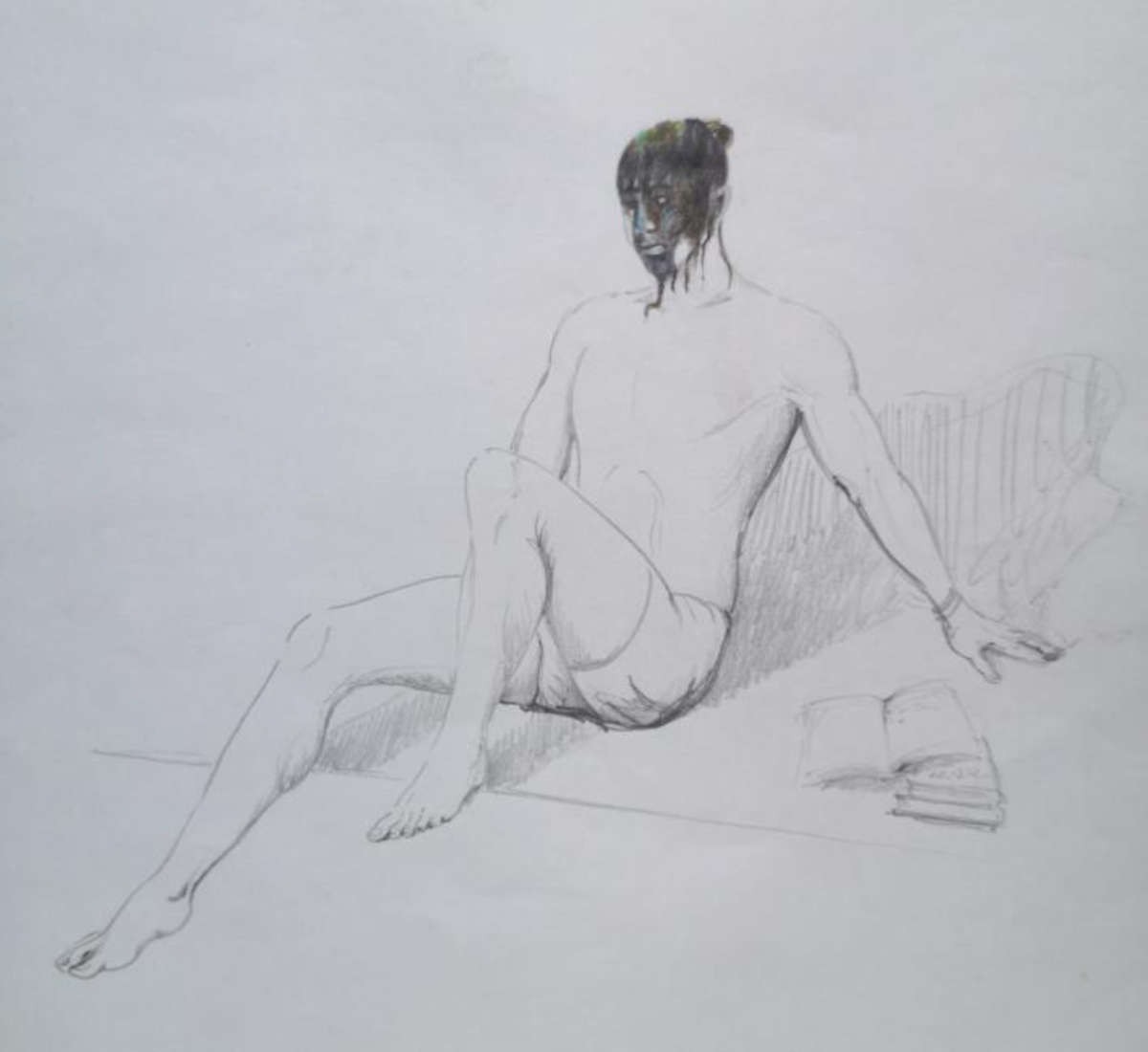
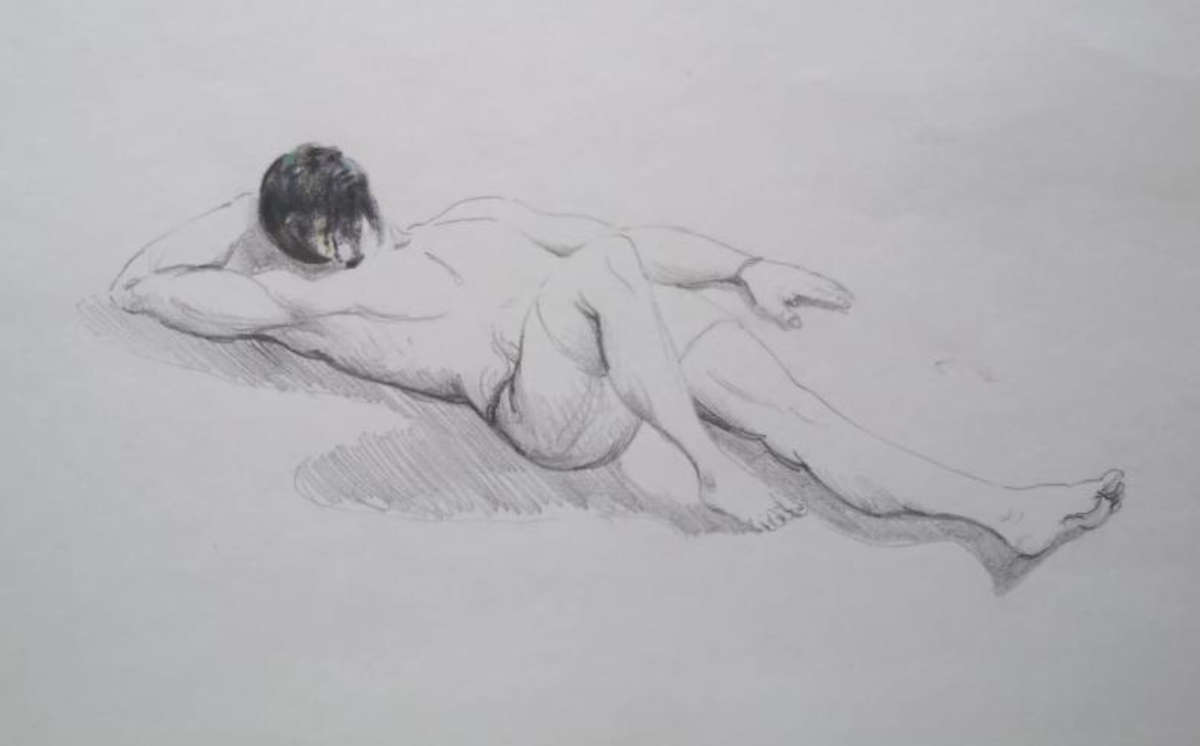
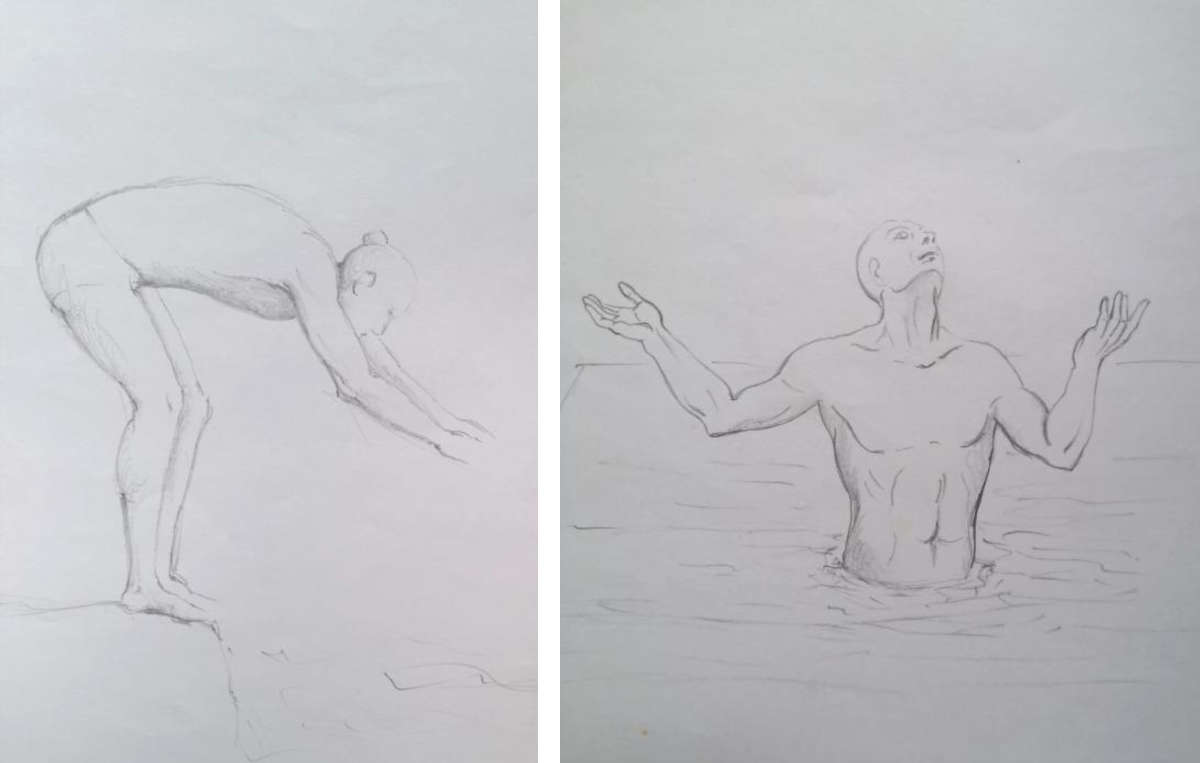
This artistic proposal gave its name to the overall project, The Four Freed Moors. However, it is important to note that the creation of these new statues is not included in the initial contract for Lot 1 of the “Fortress Park,” but their introduction is contemplated as a possible variant during construction, at the discretion of the Contracting Authority. The initiative, promoted by Porto Immobiliare S.r.l. in collaboration with the Port System Authority of the Northern Tyrrhenian Sea, the Municipality of Livorno and Porto 2000 S.r.l., is therefore not limited to a historical-architectural recovery, but is enriched with a message of freedom, welcome and coexistence, aimed at re-establishing a meaningful link between the city, its port and one of its most emblematic symbols.
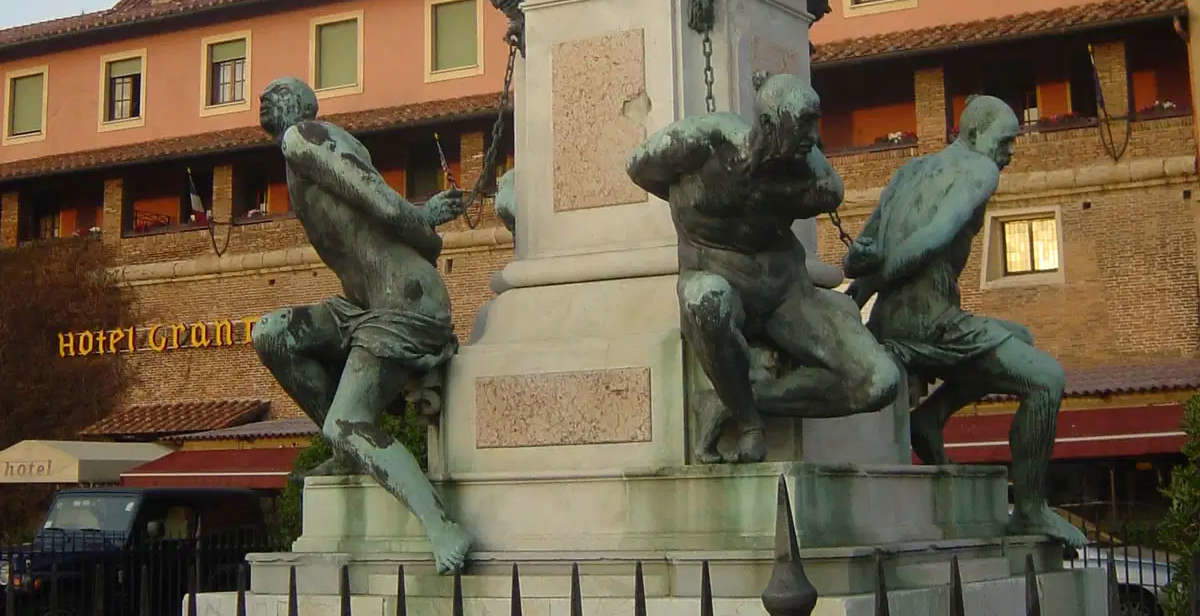 |
| Livorno, the Four Moors will be... liberated: an art installation will turn them into bathers |
Warning: the translation into English of the original Italian article was created using automatic tools. We undertake to review all articles, but we do not guarantee the total absence of inaccuracies in the translation due to the program. You can find the original by clicking on the ITA button. If you find any mistake,please contact us.